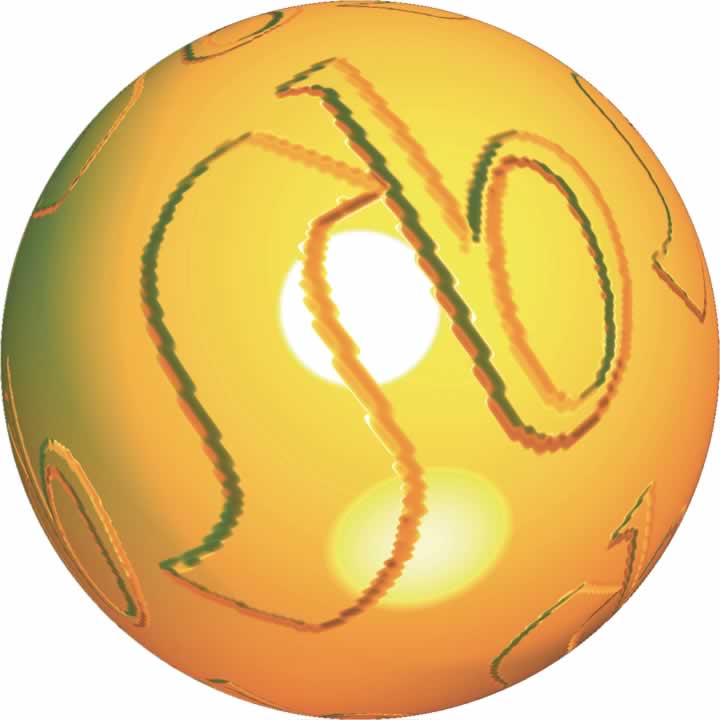ALL ABOUT TELLURIUM

|

|

|

|

|

|
USEFUL LINKS FOR Te |
Quick Facts:Tellurium (from the Latin tellus meaning "earth") was discovered in 1782 by the Hungarian Franz-Joseph Muller von Rechenstein (Müller Ferenc). Another Hungarian scientist, Pal Kitaibel, also discovered the element independently in 1789. Tellurium was named in 1798 by Martin Heinrich Kaproth who had isolated it earlier. Tellurium was used as a chemical bonder in the making of the outer shell of the first atom bomb. The 1960s brought growth in thermoelectric applications for tellurium, as well as its use in free-machining steel which became the dominant use. Properties of Tellurium:Name of Element : Tellurium What is Tellurium?Tellurium naturally occurring element found in the earth's crust but is extremely rare. Tellurium compounds are the most common chemical compounds of gold found in nature. Main uses of Tellurium |
|||
 |
 |
 |
 |
Used to improve the machining quality of metal products and to color glass and ceramics. Increasingly used in thermoelectric devices, including solar panels used to a lesser extent in vulcanization of rubber, percussion caps, battery plate protectors and electrical resistors. How does Tellurium occur in the environment?Obtained as a by-product of copper and lead refining. Annual world production is around 215 tons How does Tellurium affect human health?Tellurium and tellurium compounds are considered to be mildly toxicand need to be handled with care, although acute poisoning in humans is rare and Tellurium is not reported to be carcinogenic. However it is not regarded as a true trace element and indeed there is currently no recognized biological role for tellurium within humans and no deficiency syndrome has been identified for this element. Humans exposed to as little as 0.01 mg/m3 or less in air develop "tellurium breath", which has an odour similar to garlic. |
|||




